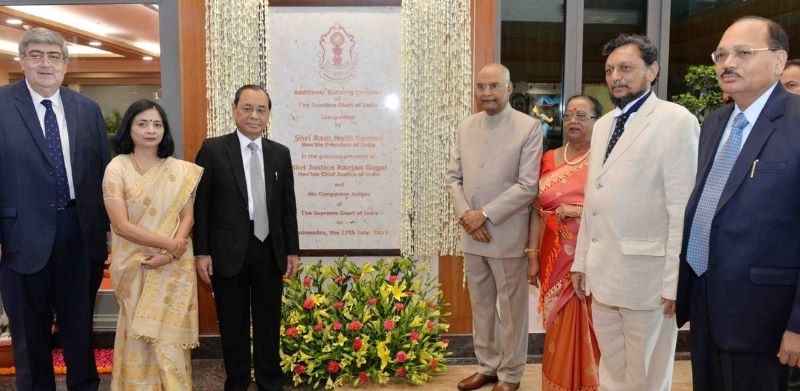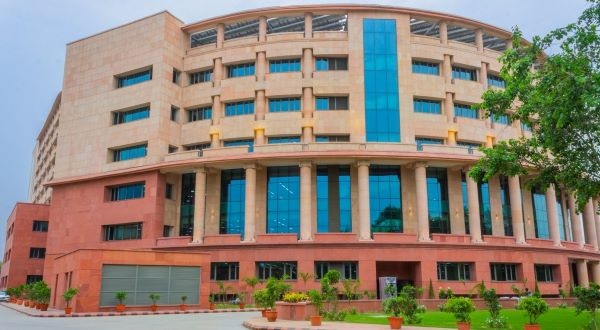Translation of Judgements into Vernacular Languages would Build Legally Enlightened Society: President
Total Views |
New Delhi, July 18: The Apex Court of India, which is the most important pillar of our democracy, has now got a new additional polished building. The President of India, Ram Nath Kovind, inaugurated the Additional Building Complex of the Supreme Court of India in New Delhi yesterday. He also received a copy of translations of 100 Supreme Court judgements in various regional languages.

Speaking on the occasion, the President said that the 100 judgements that have been translated into nine Indian languages represent a start. He noted that priority has been given to judgements related to labour laws, consumer protection, family and personal laws, land acquisition and rental disputes, and similar areas as these concern common people.
“In the initial period, this will be a boon to litigants but eventually it will help spread the light of legal learning and understanding of the nuances of law across our country. It will assist in building a legally aware and enlightened society,” he added.
The President further said that the purview and ambition of the project should not be limited by utilitarian purposes. The aim should be to ensure that the maximum number of judgements of the Supreme Court and the high courts should be available in major Indian languages. Ideally this should include judgements on crucial constitutional matters.

- The foundation stone of the new building of the Supreme Court was laid in 2012. The new building is situated on a land admeasuring 12.19 acres at Pragati Maidan.
- It has five functional blocks and one Service Block. It will have a Judicial Block, Library, Convention Centre and Auditoriums and it will be used for offices, storage of records, library, auditorium/ seminar hall, conference halls, litigants hall and parking. Importantly, it will house 258 chambers for lawyers.
- The rooftop of the building has a solar power grid system which has the solar power capacity of 1400 KWp. Besides, building will have energy-efficient LED lighting which with occupancy sensors to switch off the lights when there are no occupants in the area.
- The building will be equipped with state of the art data-centre for storage and retrieval of documents. The building will be monitored by 825 CCTV cameras. It has three-level basements with parking space for up to 1800 cars.
- Two sewerage treatment plants have been provided for wastewater recycling and reuse and there would be no municipal discharge.
- The basement of the new building is connected to the main Supreme Court campus by three all-weather underground passages.
Speaking on the efficiency and quality of the judicial system, the President said that the efficiency and responsiveness of the judicial system is dependent on both quality and quantity. While the quality of our judges and the independence of our judiciary are recognised around the world, the problem of numbers and vacancies has arisen from time to time. Even so, today we are in the happy position that all 31 vacancies in the Supreme Court have been filled by able judges. This has happened after a full decade.
The president congratulated the Collegium and the government for this achievement. Chief Justice of India Ranjan Gogoi, Law Minister Ravi Shankar Prasad, Attorney General KK Venugopal, other Supreme Court judges, SCBA President Rakesh Khanna and Senior members of the Bar were present on the occasion.
